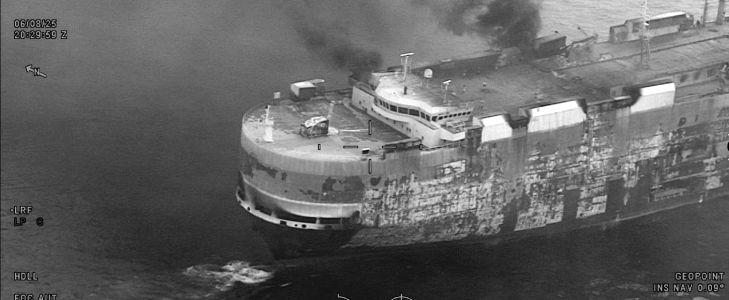 The car carrier Morning Midas, adrift off the coast of Alaska, is still burning, with the first salvage tug arriving at the scene on Monday, as reported by Splash.
The car carrier Morning Midas, adrift off the coast of Alaska, is still burning, with the first salvage tug arriving at the scene on Monday, as reported by Splash.
The tug Gretchen Dunlap arrived Monday afternoon with salvage personnel and has begun a full assessment of the conditions on scene. An additional two vessels are scheduled to arrive in approximately six days, while the second should arrive in around 12 days.
The fire on the Zodiac Maritime-managed car carrier with 3,048 vehicles aboard, including over 700 fully electric or hybrid electric vehicles, started a week ago, during the vessel’s voyage from Mexico to Lázaro Cárdenas, Mexico. The vessel is chartered to China’s SAIC Anji Logistics. It is located some 355 km south of Adak.

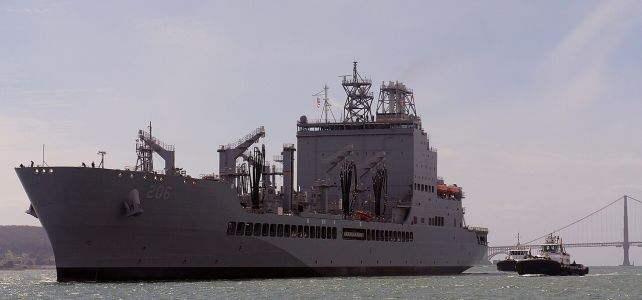
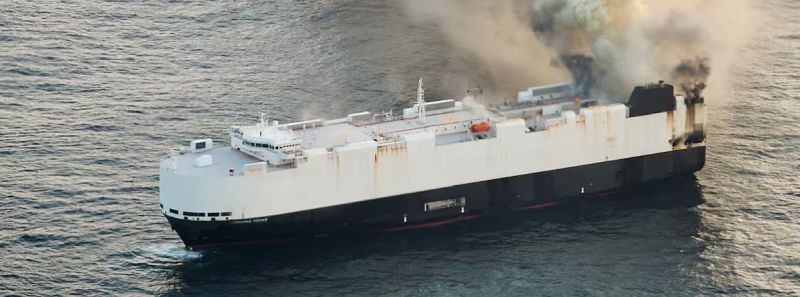 The car carrier
The car carrier Last June, we posted about the arrest of
Last June, we posted about the arrest of  Lighthouse keepers had more to worry about than simply storms and terrible conditions. In the 19th century, lighthouse keepers had a high frequency of madness and suicide. Many assumed that they went mad from solitude and the demands of the job. It turns out it was something simpler and more sinister. An updated repost.
Lighthouse keepers had more to worry about than simply storms and terrible conditions. In the 19th century, lighthouse keepers had a high frequency of madness and suicide. Many assumed that they went mad from solitude and the demands of the job. It turns out it was something simpler and more sinister. An updated repost.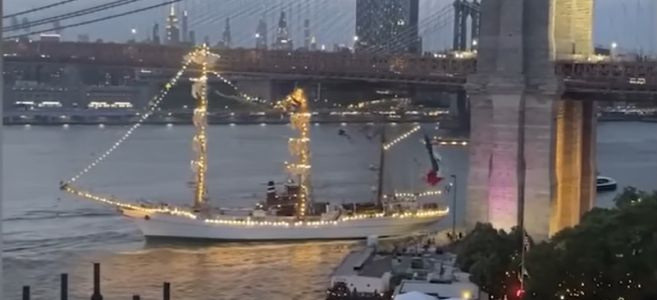 On Saturday evening, shortly after the Mexican Navy sail training ship ARM Cuauhtémoc departed New York City’s South Street Seaport, Pier 17, on the East River, something went terribly wrong. The roughly 300′ long, steel-hulled, three-masted bark reportedly suffered some sort of mechanical failure and traveled, stern first, into the nearby Brooklyn Bridge.
On Saturday evening, shortly after the Mexican Navy sail training ship ARM Cuauhtémoc departed New York City’s South Street Seaport, Pier 17, on the East River, something went terribly wrong. The roughly 300′ long, steel-hulled, three-masted bark reportedly suffered some sort of mechanical failure and traveled, stern first, into the nearby Brooklyn Bridge.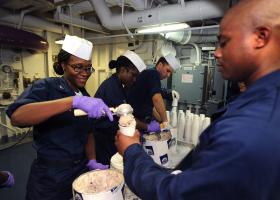 General Order 99
General Order 99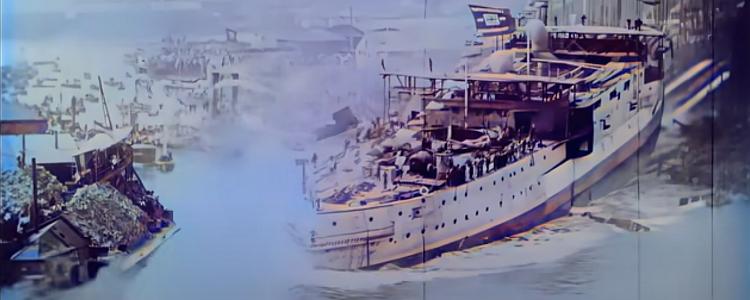 On June 21, 1898,
On June 21, 1898, 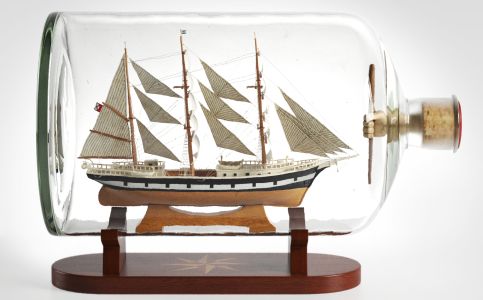 A Facebook video by my friend
A Facebook video by my friend 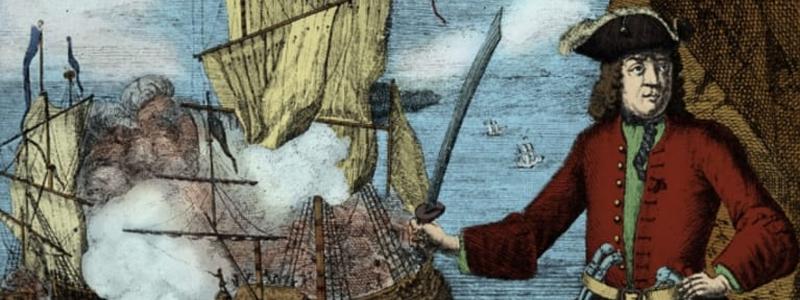 During the “
During the “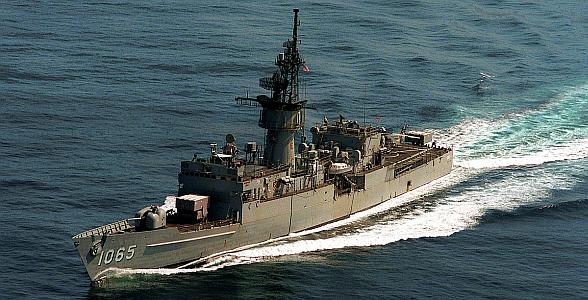
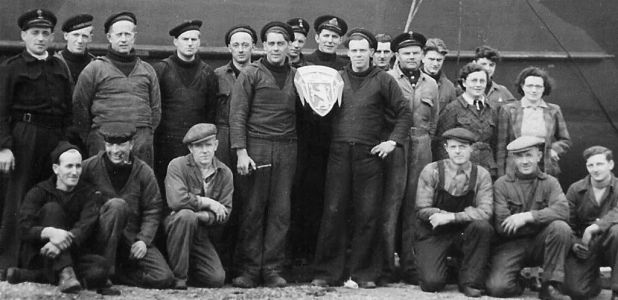
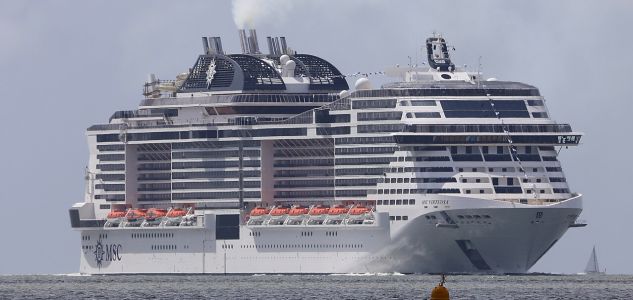
 An updated repost of an odd bit of history.
An updated repost of an odd bit of history.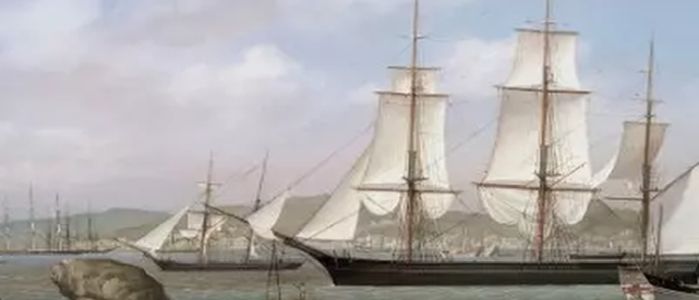 Given
Given 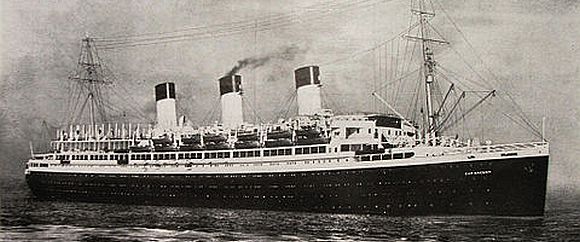

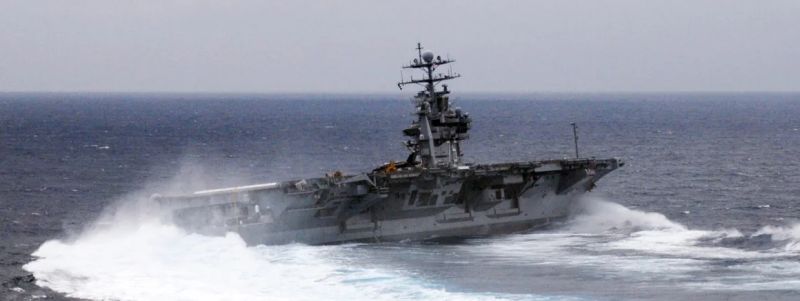 An
An  David Morris was taking a walk along the coast near Falmouth, Cornwall, in the UK, when he saw what looked to be a large tanker hovering in the air above the horizon. He documented what he witnessed with several photographs. Apparently, Mr. Morris saw a “superior mirage” also known as a
David Morris was taking a walk along the coast near Falmouth, Cornwall, in the UK, when he saw what looked to be a large tanker hovering in the air above the horizon. He documented what he witnessed with several photographs. Apparently, Mr. Morris saw a “superior mirage” also known as a